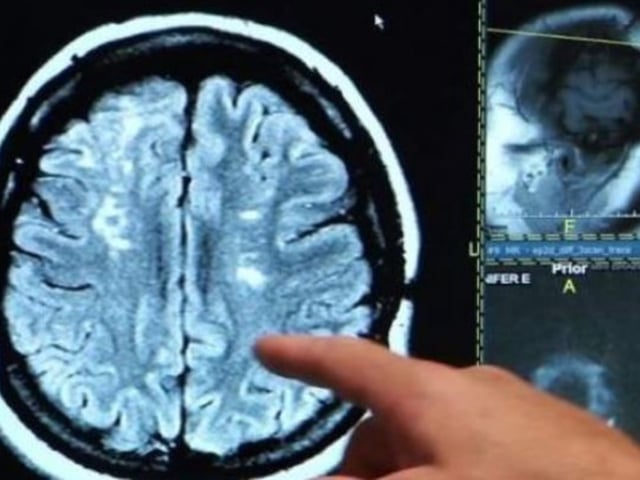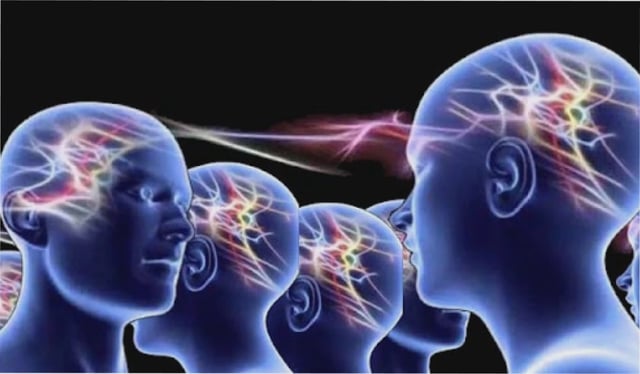Overview
- A PNAS paper published July 21 used fMRI representational similarity analysis to show that optimistic individuals share convergent neural patterns in the medial prefrontal cortex while pessimists exhibit idiosyncratic activity when imagining future events.
- Optimists demonstrate sharper neural distinctions between positive and negative future scenarios, suggesting enhanced psychological contrast and resilience.
- The research involved 87 adults performing an episodic future thinking task with scenarios spanning positive, neutral, negative and mortality-related themes under fMRI.
- Led by Yanagisawa Kuniaki at Kobe and Kyoto Universities, the study pinpoints the medial prefrontal cortex as the key hub for future-oriented cognitive biases.
- Results open avenues for tailoring mental health interventions and investigating whether these neural frameworks of optimism are innate or developed through experience.



